Lessons
Hundreds of lessons that are hands on, correlated to recent standards and teach core subject areas.
How To Make Cheese and Cottage Cheese
Learn how to make cheese and cottage cheese while learning about changes in matter.
View LessonButter In A Jar
Make butter in a jar while learning about stages of matter.
View LessonHow To Make Ice Cream In A Bag
Make ice cream in a bag while learning about states of matter!
View LessonSoil Sort
Young students become soil surgeons, dissecting soil and sorting its components and begin to discover its unique properties.
View LessonIt All Begins With Soil
This lesson is intended for upper elementary, and middle school students. There is an additional lesson for younger students titled Soil Sort. Students examine soil to identify its components and ways that its structure affects plant growth.
View LessonAcid to Alkaline
Students explore pH with an emphasis on soil pH. This activity uses soils and vinegar solutions.
View LessonPlan It, Map It
Using the information provided, students work with their teacher and resources available to plan their garden and employ math skills to do so.
View LessonPaper Pieces
Learn the process of creating and recycling paper.
View LessonOrange Juice
Learn the process of making orange juice and enjoy a cup of freshly squeezed O.J.
View LessonHoney Treats
Learn about the nutritional value of honey and its role in the sports industry while making an energy filled snack.
View Lesson
